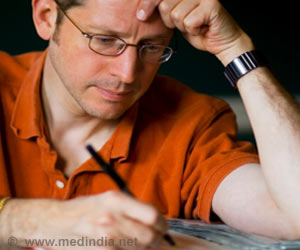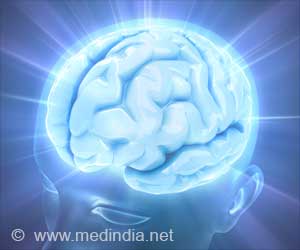Gaurav Kaushik, Certified Document Examiner of JK Consultancy, shares his expertise on forensic handwriting analysis.

A. Graphology is the practice of handwriting analysis that determines the person and analyses character of the person. As for the core area of forensic handwriting analysis, its purpose is to check the genuineness of the handwriting and/or documentation.
Q. What are the different kinds of forged handwriting? What are the usual means people resort to with the intent of malpractice?
A. People employ a number of ways such as free-hand forgery, tracing method, disguise one’s own handwriting, cut and paste, erase chemically or with other means.
Q. How do you detect that a particular script is forged? What are the cues that give away a suspect?
A. Video Spectral Comparator (VSC), an imaging system, is used to detect authentication of documents. Besides this, there are also document examiners. Some of the cues are similar connectors, line quality of the signature such as pen stops, pen pressure, pen lift, and pen pause. Apart from these signs, there are the connecting strokes, individual characters, and general characteristics to name a few.
A. A forensic analyst can tell if the person was under the influence of intoxicating substance, whether the person is skilled or unskilled and approximate age of the person. But the character of a person can be assessed with 90 to 95% accuracy with the help of a graphologist.
A. Computer cannot forge handwriting, but digital signatures are similar to signatures on paper, so the same methods to detect a signature on a document are used.
Q. To what extent is forensic analysis of handwriting foolproof in profiling a person?
A. Forensic analysis of handwriting is based on science. At least two handwriting experts are given the same document and both will give the same report if they are honest to their profession.
Forensic Handwriting Analysis has been integral in resolving many legal disputes and in identifying unethical practices. On an interesting note, services of a document examiner is availed even by high end corporate to verify the authenticity of documents. A certified document examiner’s report serves as valid evidence in legal proceedings. Medindia thanks Gaurav Kaushik for his valuable input on one of the most absorbing vocations.
Source-Medindia










